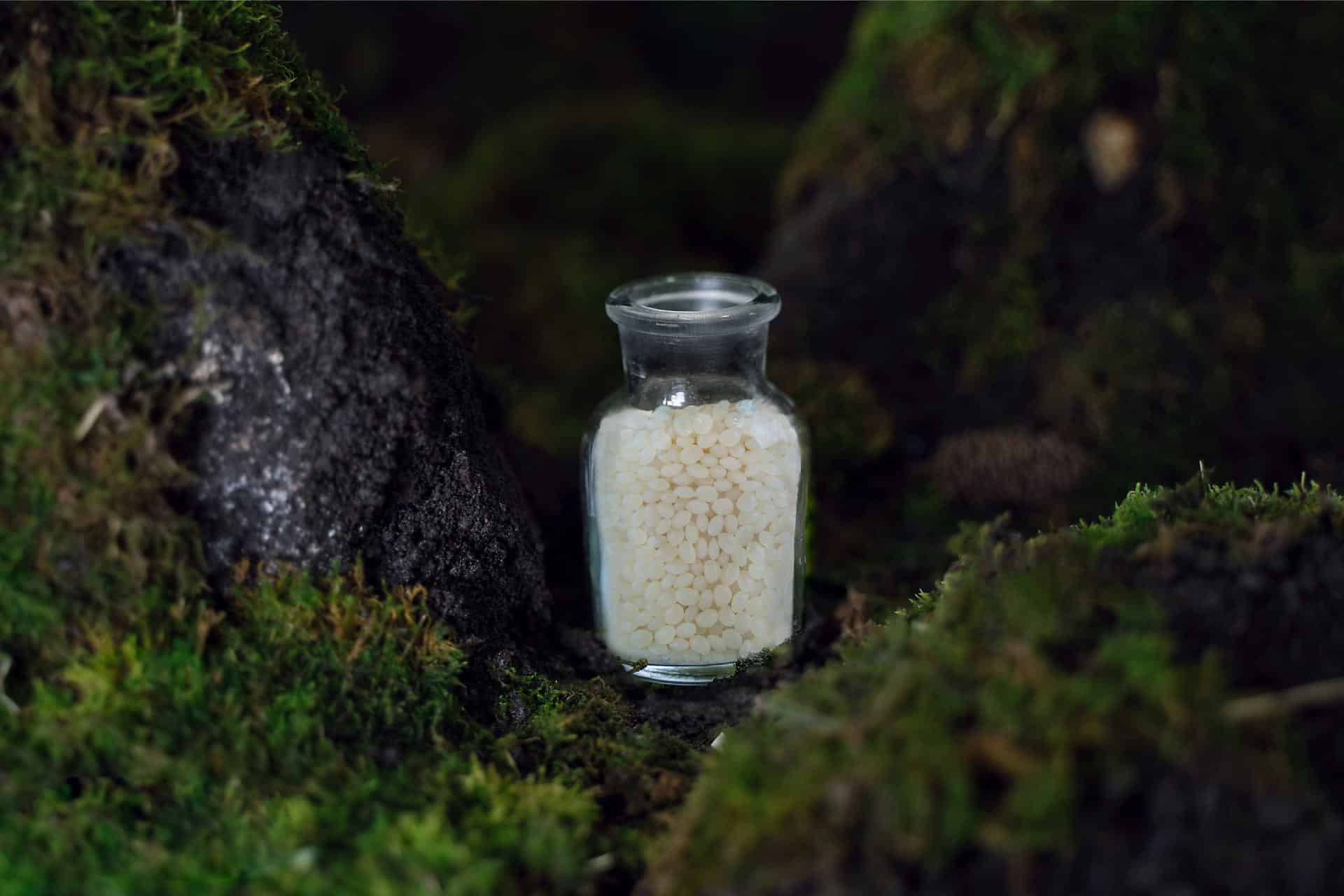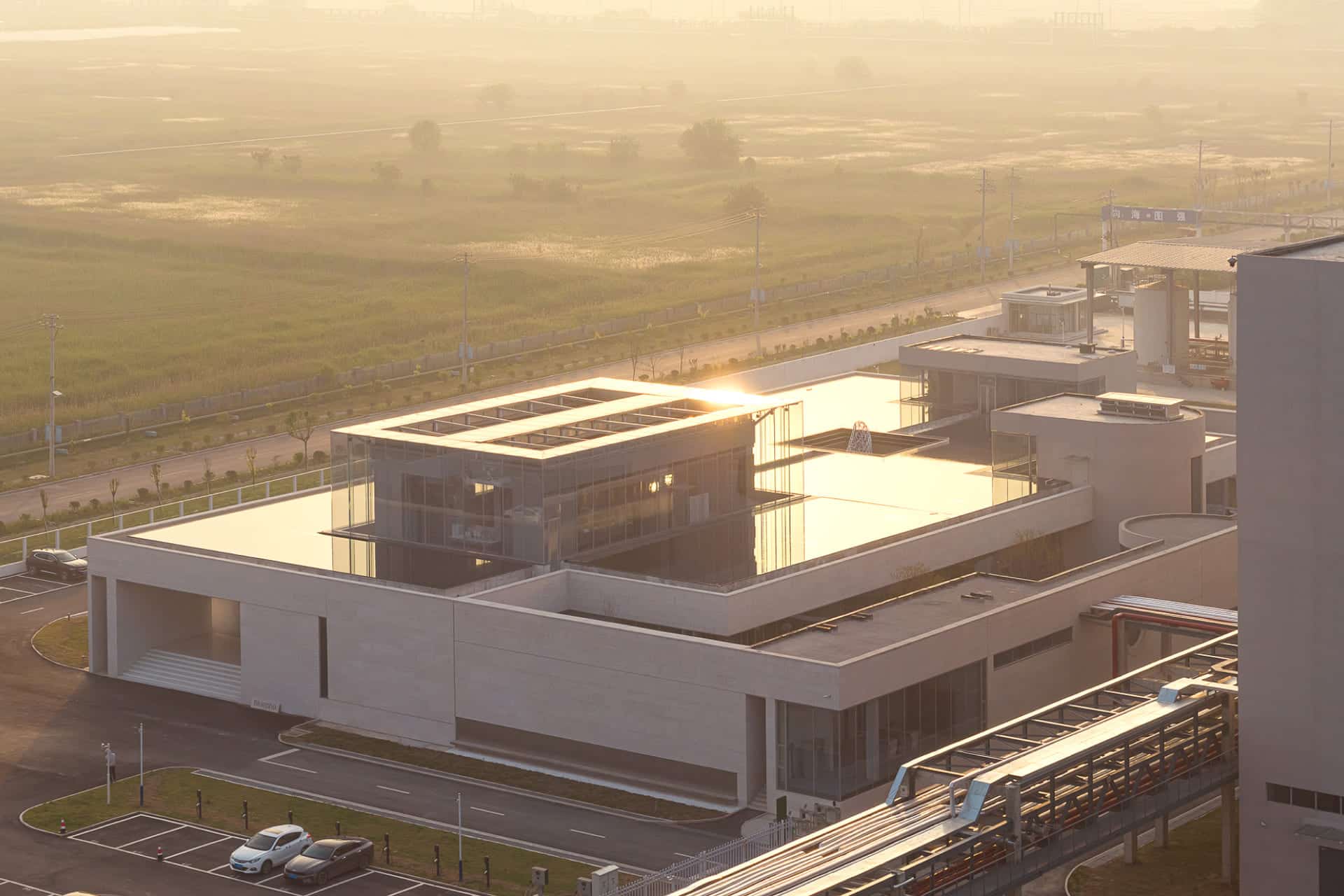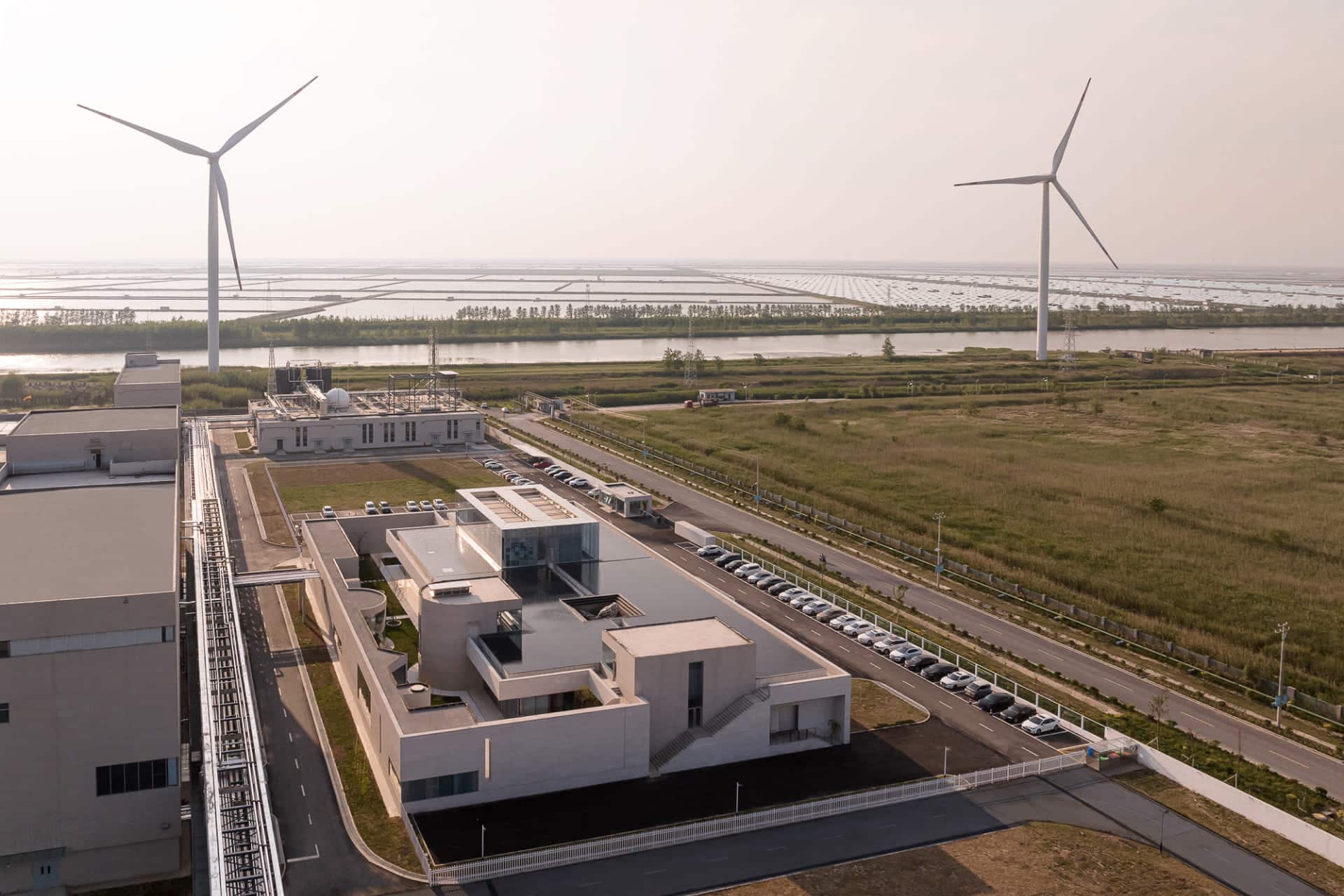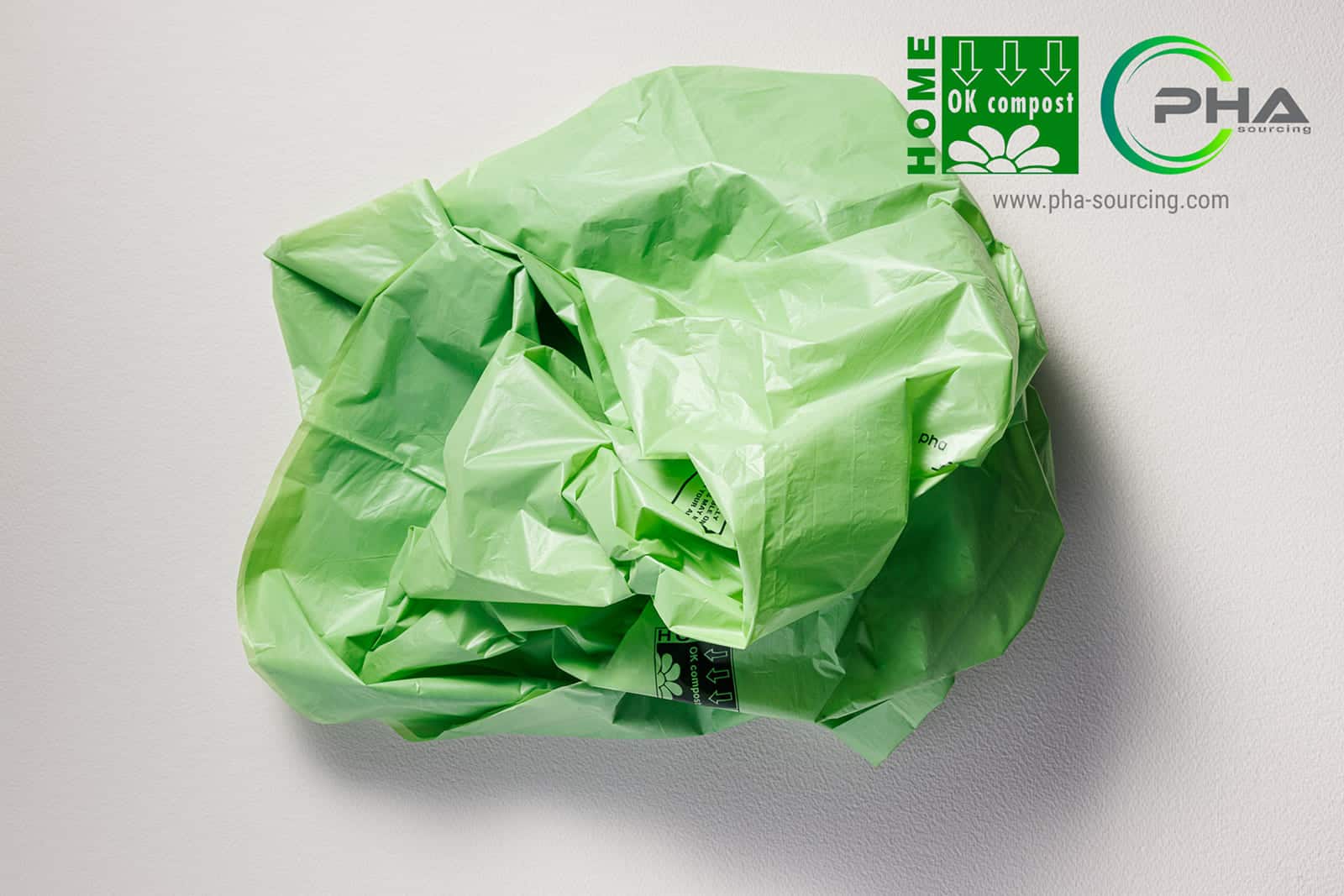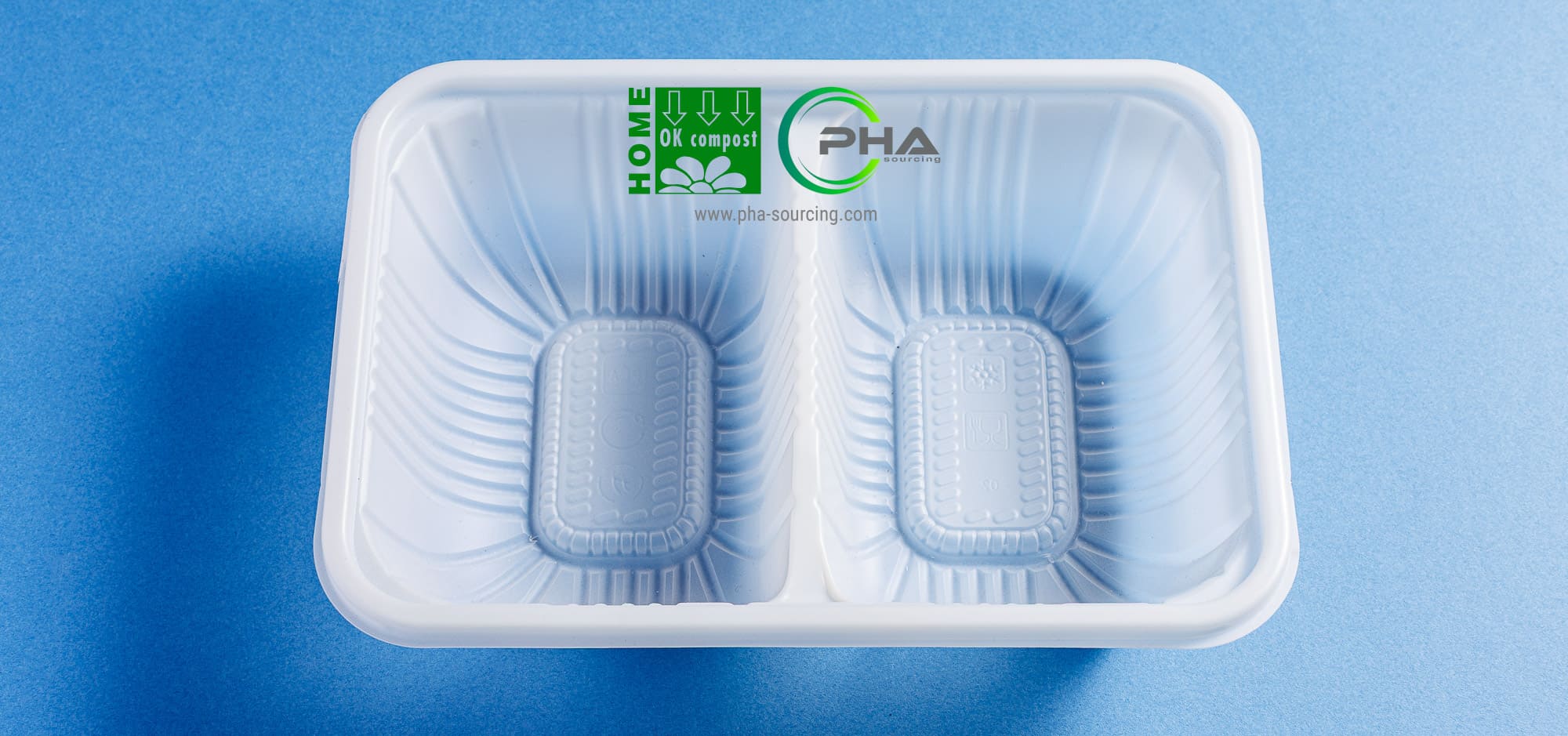Algae-derived bioplastics are gaining traction as global industries seek innovative and sustainable alternatives to conventional plastics.
Valued at USD 106 million in 2024, the algae-based bioplastics market is projected to reach USD 146.2 million by 2030. This growth, reflected by a compound annual growth rate (CAGR) of 5.5%, highlights the mounting interest in renewable solutions across sectors driven by environmental concerns and evolving regulations.
Diverse Biopolymers: From Polyethylene to PHA
Among the various algae-derived bioplastics, polyethylene (PE) holds a notable position, accounting for over 42% of the market share in 2024. The PE segment is also expected to experience robust expansion, with a CAGR of 6.2% anticipated through 2030. Polypropylene (PP), polylactic acid (PLA), and polyhydroxyalkanoates (PHA) are also part of the evolving product landscape. In particular, PHA biopolymers are recognized for both their biodegradability and versatility, making them attractive for applications seeking to minimize environmental impact.
Key Applications: Packaging Leads the Way
Packaging is emerging as the most significant application for algae-based bioplastics, representing over 43% of market revenue in 2024. This segment is forecasted to continue its leadership role with the fastest CAGR of 6.1% through 2030. Stricter regulations-such as the European Union’s Single-Use Plastics Directive-are driving manufacturers to adopt biodegradable solutions. Initiatives from companies like PlantSea, which has introduced algae-based flexible films to meet both regulatory requirements and consumer demand for sustainable packaging, are emblematic of the shift underway in the biodegradable packaging sector.
Regional Insights: Asia-Pacific Sets the Pace
The Asia-Pacific region leads the algae-based bioplastics market, capturing over 43% of global revenue in 2024 and demonstrating the highest growth potential with a CAGR of 6.1% expected through 2030. This performance is underpinned by abundant natural resources and expanding manufacturing capacity. Meanwhile, North America continues to invest substantially in algae biotechnology, supported by robust environmental regulations. Europe follows with steady progress, guided by comprehensive policies focused on plastic reduction and the circular economy.
Drivers: Sustainability, Innovation, and Consumer Demand
Mounting environmental concerns and tightening regulations are major catalysts for the sector’s advancement. Governments across the globe are encouraging reduced reliance on single-use plastics, spurring investment in algae-based alternatives. The growing segment of environmentally conscious consumers is also supporting expansion, with a willingness to pay a premium for sustainable packaging and products.
In parallel, technological advancements in algae cultivation and extraction are lowering production costs, while cross-sector partnerships are catalyzing supply chain development. The integration of algae-derived resins into mainstream manufacturing processes demonstrates the rapid pace of innovation, broadening the accessibility of bioplastics for industrial use.
Market Outlook and Growth Opportunities
With strategic alliances between packaging manufacturers and algae technology innovators, the algae-based bioplastics market continues to diversify. Leading players like Notpla, Algix, Lifeasible, Evoware, and BZEOS are driving financial investment and advancing product development. These collaborations are supporting the commercialization of eco-friendly alternatives suitable for a range of sectors, from flexible packaging to consumer goods.
As awareness grows and regulatory frameworks become more supportive, algae-based materials-including PE, PP, PLA, and PHA types are poised to play a central role in the transition toward a more circular and sustainable plastics economy.
